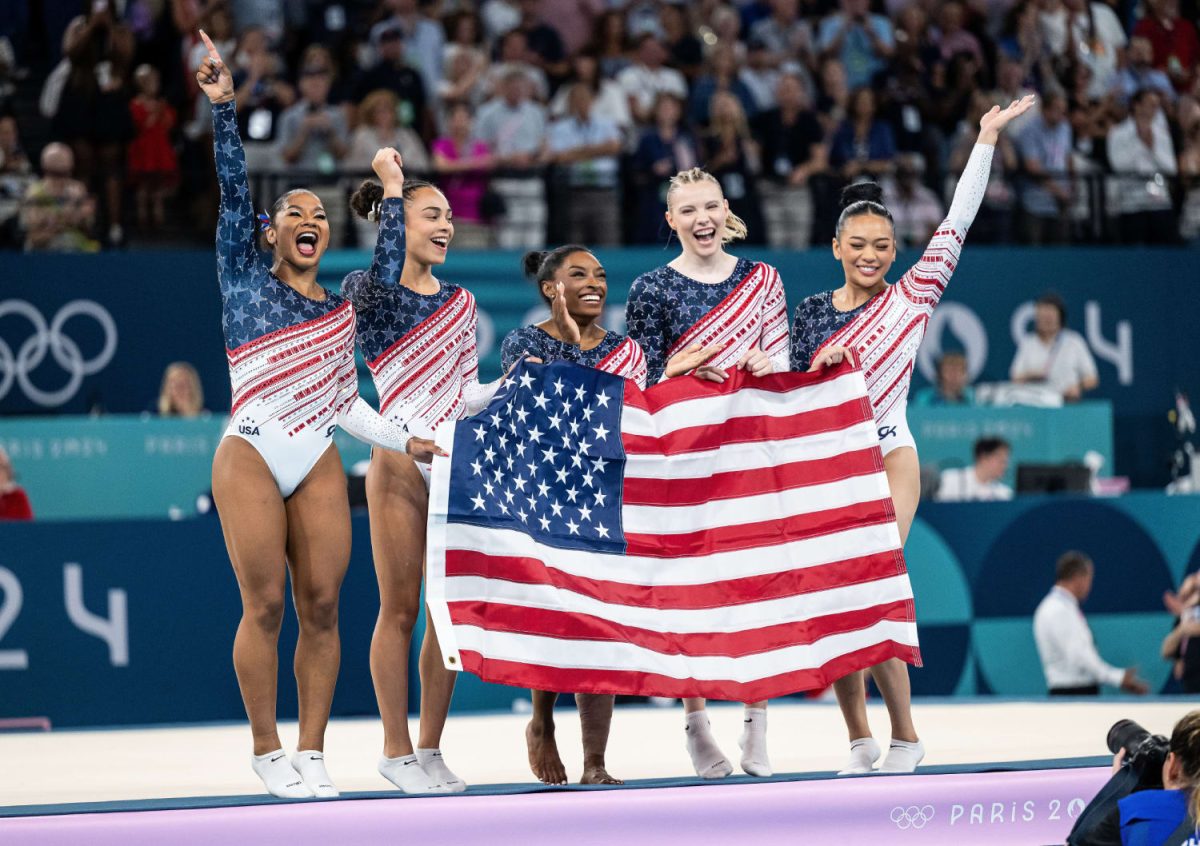Faux Fashion Fits Southeast Asian Culture

November 2, 2018
As global capitalism continues to evolve, materialism plays a greater role in society than ever before.
At a point in history, only the wealthiest were even bothered with the label of their clothes and were the only ones who could flaunt it.
With a newfound ability to purchase virtually anything in this primarily “consumer-culture” world, the awareness that the general public has for fashion is quite significant. As people, we are shown article after article, picture after picture, of the newest fashion trend that is taking over the season.
But with this easy accessibility that most people now have to fashion, authenticity is often compromised. This does not just apply to American society, as it can be seen throughout the world. In particular, Southeast Asia.
The people of Southeast Asia follow an abstractly “hierarchical” way of life. With an extremely uneven distribution of wealth, the social classes remain divided as ever, and the affluent youth have the access to the flow of wealth and the status that comes with it.
As for the other side of the wealth – the poorer, less able – comes the “counterfeit culture”. Striving for the affluence of the “1%”, an entire culture of faux fashion has been created mainly in South Korea, with the sole purpose of making fake designer pieces in order to maintain with the newest trends.
This phenomenon is widespread throughout Southeast Asia, which brings up the debate that may end up having: “Would you buy an inexpensive designer product, knowing it is fake?” The upside of this, of course, is the creation of the image of affluence and modernization.
The downside though is often a notably poorer quality product. In a survey of 15 Wayne Hills students, 83% said they would, in fact, purchase the fake product, simply for the lower price. The other 17% was a firm no.
The reason? Patriot Press Assistant Editor, Laura Lassen says, “If I’m going to buy a designer product, it should be good quality and worth the money. I would not buy the fake, low-quality product”. As for the majority, most gave the same answer: “If I could buy the designer product for less, why wouldn’t I?”
So, what’s your take?






